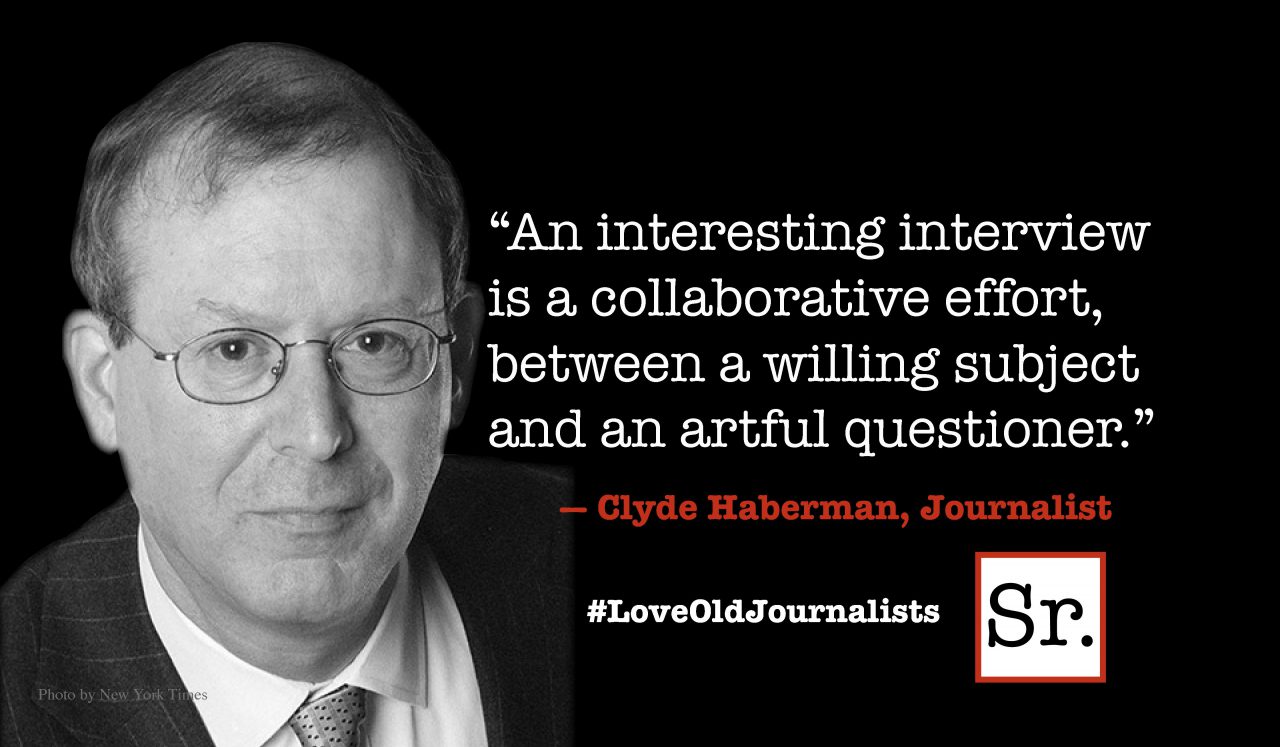A typical day in a typical organization consists of assorted meetings. We have meetings for darned near everything and those meetings can be extremely expensive, if they consume employee's time that can otherwise be spent in productive work. Frustrations abound about unnecessary meetings, or meetings that do not lead to clear action.
And, if meetings that lack purpose and direction aren't enough, meetings are often the source of misunderstandings. People leave with different perceptions about decisions and next actions. And those misunderstandings cause well meaning employees to pull apart, causing a breakdown in teamwork. Teamwork breakdowns often lead to problems in quality, productivity, and customer service. Employee safety can be threatened as well. The cause of these kinds of problems are rarely traced back to communication breakdowns, but attributed to something else. These kinds of misunderstandings often lead to blame and defensive behavior, patterns that further damage trust and teamwork.
A vicious circle to be sure, and, of course we have to call another meeting to fix the problems caused by the first meeting. Round and round it goes. Misunderstandings abound through other forms of communication as well. It's easy to misunderstand the tone of a phone call or voice message, never mind e-mails and texts.
Misunderstandings are the root cause of many problems that plague our businesses and organizations. As business coaches, we are in a unique position to observe the effects of poor quality communication, and to offer coaching recommendations to prevent many unnecessary problems.
We find that by helping clients focus on the quality of their communication, many problems can be prevented. Quality communication simply means assuring that individuals have a "shared understanding" before they leave the communication transaction, and begin taking action. A "shared understanding" causes individuals to naturally pull together, creating teamwork around the decision or action plan. This means that tasks are accomplished more efficiently and with fewer resources.
Practicing quality communication takes a little more time, more effort and discipline, to be sure. But, that upfront time investment avoids an even greater time expenditure downstream…the time it takes to clean up messes produced by misunderstandings, not to mention avoiding the collateral damage of stress, frustration and bad feelings.
The most common cause of misunderstandings is hurrying to get on to the next thing. We "assume" understanding rather than "assure" understanding. Assuring the quality of the communication surrounding the critical tasks in our business or organization is something everyone in the organization can learn and practice. The benefits greatly offset the investment. And, when practiced with family and friends, the benefits extend past the workplace into our personal lives. This one small practice will improve every aspect of your life.
Test my assertion. Observe the quality of communication all around you. If you pay attention, you can predict whether a shared understanding or a misunderstanding is about to take place. You will find that you can predict and prevent problems before they happen. A very lean practice, indeed.








